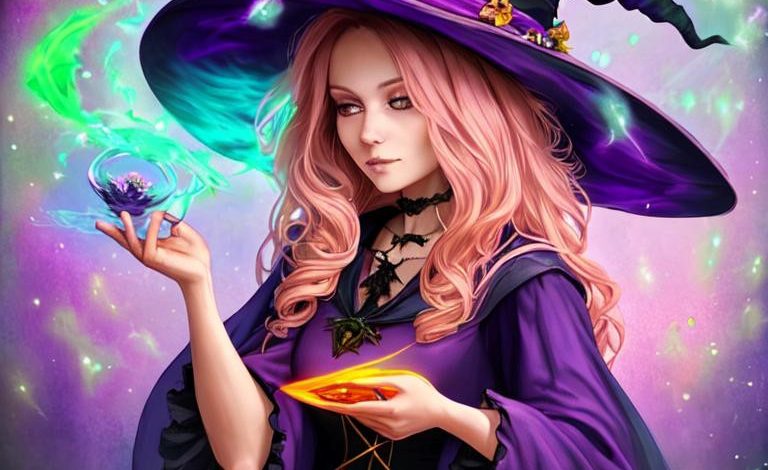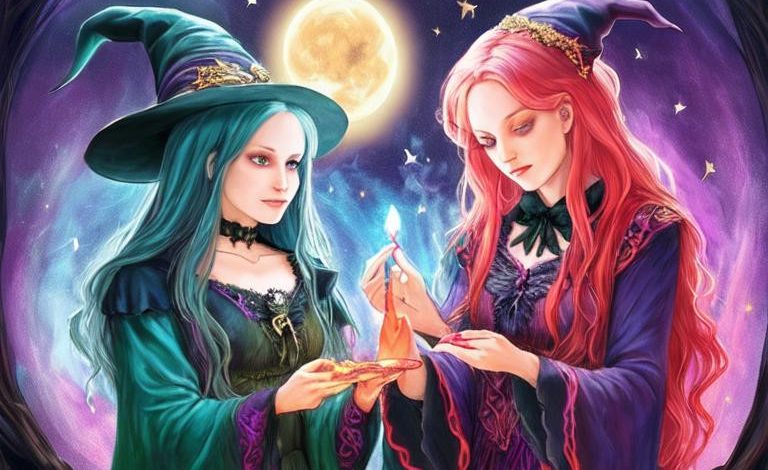
As a witch, I am fascinated by the history of cunning folk, also known as wise women or men, who were the healers, diviners, and protectors of their communities. These cunning folk were skilled in the use of herbs, charms, and spells, and were often sought out for their abilities to heal the sick, predict the future, and protect against evil spirits.
Cunning folk were a common sight in medieval and early modern Europe, particularly in rural areas where medical care was limited and superstition was rampant. They were respected members of their communities and were often consulted for their knowledge of folk remedies and magical practices.
In some cases, cunning folk were even hired by local authorities to help solve crimes or to identify witches. Despite their importance, however, cunning folk were often persecuted for their beliefs and practices, and many were accused of witchcraft themselves.
One of the key beliefs of cunning folk was the power of nature and the use of natural remedies to heal the sick. They would often gather herbs and plants from the countryside and use them to make poultices, ointments, and teas. They were also skilled in the use of charms and talismans, which they believed could ward off evil spirits and protect against illness.
In addition to their healing abilities, cunning folk were also known for their divinatory skills. They would use various methods, such as reading tea leaves or interpreting dreams, to predict the future or offer advice to those in need.
Many cunning folk also had a deep understanding of astrology and would use the movements of the stars and planets to make predictions and cast spells. This was particularly important during times of war or political unrest, when people were looking for guidance and protection.
Despite their helpful nature, cunning folk were often accused of practicing witchcraft, particularly during the witch hunts of the 16th and 17th centuries. This was partly due to their association with magic and the supernatural, but also because they were seen as a threat to the established religious order.
Many cunning folk were arrested, tried, and executed for their beliefs and practices, often on trumped-up charges of consorting with the devil. However, some cunning folk managed to avoid persecution by working within the boundaries of the law and by presenting themselves as harmless healers and diviners.
Despite the persecution they faced, the legacy of cunning folk lives on today in the practices of modern-day witches and healers. Many witches continue to use herbal remedies, charms, and divination to help others and to connect with the natural world.
The rise of modern witchcraft, or Wicca, in the 20th century has also brought renewed interest in the practices of cunning folk. Wiccan practitioners often draw on the techniques and beliefs of these ancient healers, and many see themselves as continuing a long tradition of magical practice.
In many ways, the story of cunning folk is a cautionary tale about the dangers of superstition and religious intolerance. But it is also a story of resilience and perseverance, as these wise women and men managed to survive and thrive despite the odds against them.
Today, as we continue to grapple with issues of social justice and religious freedom, we can draw inspiration from the courage and wisdom of cunning folk. Their legacy reminds us of the power of magic and the importance of connecting with the natural world, and serves as a reminder that even in the darkest of times, there is hope for a brighter future.
So let us honor the cunning folk who came before us, and let us continue their work of healing, divination, and protection. Let us use our own magic to make the world a better place, and let us never forget the wisdom of those who came before us.
Origins of Cunning Folk
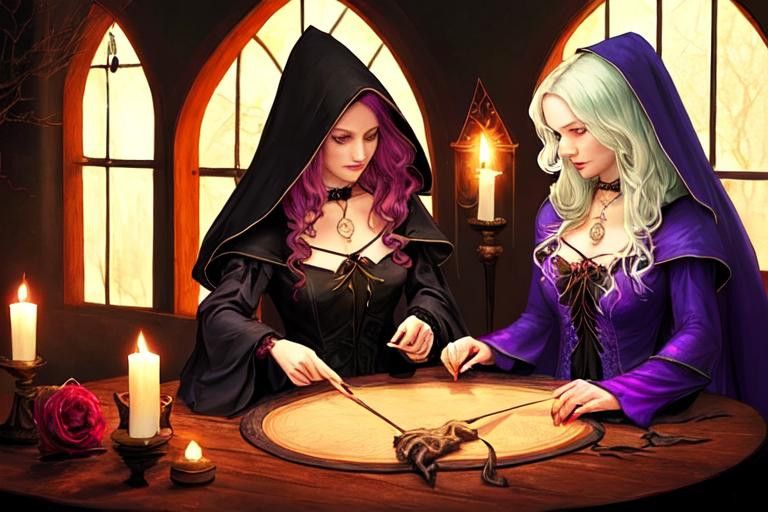
The origins of cunning folk can be traced back to ancient times when people relied on magic and spiritual practices for healing, protection, and guidance. These practices were often closely tied to nature and the cycles of the seasons, with the changing of the seasons being seen as a powerful time for magical workings.
In many cultures, there were individuals who were believed to have special gifts or connections to the spirit world, and who could use their abilities to help others. These individuals were known by many names, such as shamans, medicine men or women, or witches.
In Europe, the tradition of cunning folk emerged during the medieval period, when the Catholic Church was the dominant religious institution and magic was considered heretical. The term “cunning” referred to someone who was knowledgeable or skilled in a particular area, and the term “folk” referred to ordinary people rather than the aristocracy or clergy.
Cunning folk were typically members of their local community who were recognized for their knowledge of herbal remedies, charms, and spells. They were often consulted by their neighbors for help with a variety of issues, from health problems to issues with crops or livestock.
As the use of magic became increasingly stigmatized and criminalized in Europe, cunning folk were often forced to operate covertly and to disguise their practices as harmless folk remedies or superstitions. Despite the risks involved, they continued to provide valuable services to their communities and were often seen as a trusted source of wisdom and guidance.
Over time, the practices of cunning folk evolved to incorporate new ideas and techniques, including the use of divination tools such as tarot cards and crystal balls. They also drew on the growing body of knowledge about the natural world, including advances in botany and herbal medicine.
In some cases, cunning folk were able to work within the bounds of the law and to gain official recognition for their practices. For example, in 1542, King Henry VIII established the position of “royal astrologer” and appointed John Dee, a well-known astrologer and mathematician, to the role.
Despite this official recognition, however, many cunning folk continued to face persecution and accusations of witchcraft. This was particularly true during the witch hunts of the 16th and 17th centuries, when thousands of people were accused of practicing magic and were often subjected to brutal torture and execution.
Today, the legacy of cunning folk continues to inspire and inform modern witchcraft and spiritual practices. Many modern practitioners draw on the techniques and beliefs of these ancient healers, and see themselves as carrying on a long tradition of magical practice that spans centuries and cultures.
The Role of Gender
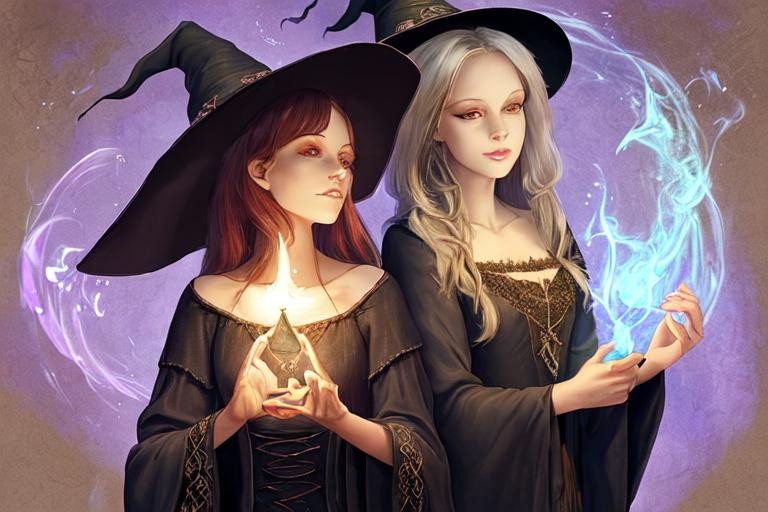
The role of gender played an important part in the history of cunning folk. Women were often more likely to be accused of witchcraft, and many of the most famous and respected cunning folk were women.
There were a number of reasons for this. In many cultures, women were seen as having a closer connection to the natural world and to the spiritual realm, and were therefore more likely to possess magical abilities. Additionally, women often had a greater knowledge of herbal remedies and other natural remedies, which were a key part of many cunning folk practices.
Despite the fact that women played a prominent role in the world of cunning folk, they were also often the targets of persecution and discrimination. Women who were accused of witchcraft were often subjected to brutal torture and execution, and the fact that they were seen as “unfeminine” or “unnatural” was often used to justify these punishments.
Men who practiced magic, on the other hand, were often viewed more positively. They were seen as possessing a certain type of wisdom and knowledge that was respected in many cultures. However, this did not mean that male cunning folk were immune to persecution or discrimination. Many were still accused of witchcraft and faced persecution or even execution for their beliefs and practices.
Despite these challenges, both men and women continued to practice magic and offer their services to their communities. In many cases, they were able to gain the trust and respect of their neighbors, who saw them as valuable members of their communities and relied on them for help with a variety of issues.
Today, many modern practitioners of witchcraft and magic reject the gendered divisions that were so prominent in the history of cunning folk. They recognize that magic is a powerful tool that can be used by people of all genders and backgrounds, and that the role of gender in the practice of magic is largely a social construct.
However, the legacy of gendered divisions and discrimination in the world of magic and witchcraft is still felt today, and many practitioners continue to fight against these divisions and work to create a more inclusive and accepting community for all.
Techniques and Tools
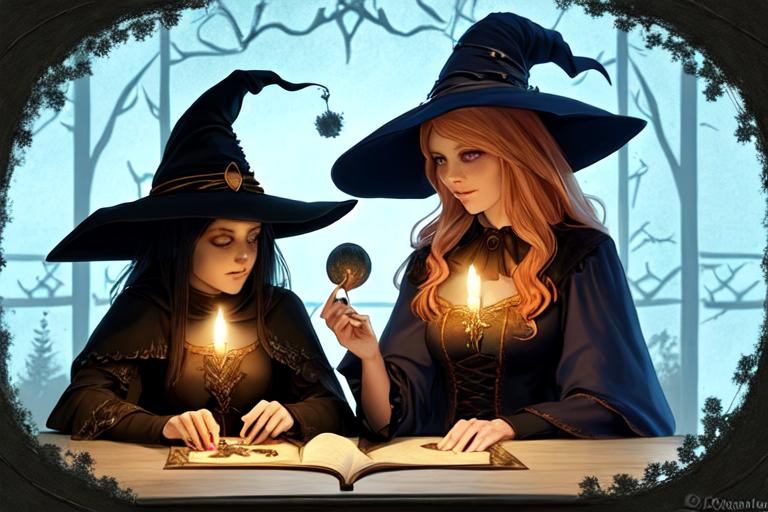
Cunning folk utilized a wide range of techniques and tools in their magical practices. Many of these techniques were rooted in the natural world, and involved the use of herbs, plants, and other natural remedies.
One of the most common techniques used by cunning folk was the creation of charms and talismans. These were objects imbued with magical energy that were designed to protect the wearer or bring good luck. Charms could be made from a variety of materials, including metals, stones, and herbs, and were often inscribed with special symbols or words of power.
Another important tool used by cunning folk was divination. Divination is the practice of gaining insight into the future or the unknown through the use of tools such as tarot cards, runes, or crystal balls. Divination was often used to help people make important decisions or to gain insight into their own lives.
Herbalism was also an important part of many cunning folk practices. Herbal remedies were used to treat a wide range of ailments, from physical illnesses to emotional or spiritual distress. Cunning folk were often highly knowledgeable about the properties of different plants and herbs, and were able to create powerful remedies that could be used to heal the body and the mind.
In addition to these techniques, cunning folk also utilized a wide range of other tools and practices, including astrology, numerology, and the interpretation of dreams. These practices were often highly personalized, and each cunning person had their own unique approach to magic and spiritual practice.
Despite the wide range of techniques and tools used by cunning folk, the key to their success lay in their ability to connect with the natural world and to tap into the underlying energies that governed the universe. Through their practices, cunning folk were able to channel these energies and use them to create positive change in the lives of those around them.
Today, many modern practitioners of magic and witchcraft continue to draw on the techniques and tools used by cunning folk. While some of these practices may have evolved over time, the underlying principles of connecting with the natural world and tapping into the energies that surround us remain as relevant today as they did centuries ago.
Cunning Folk in Folklore
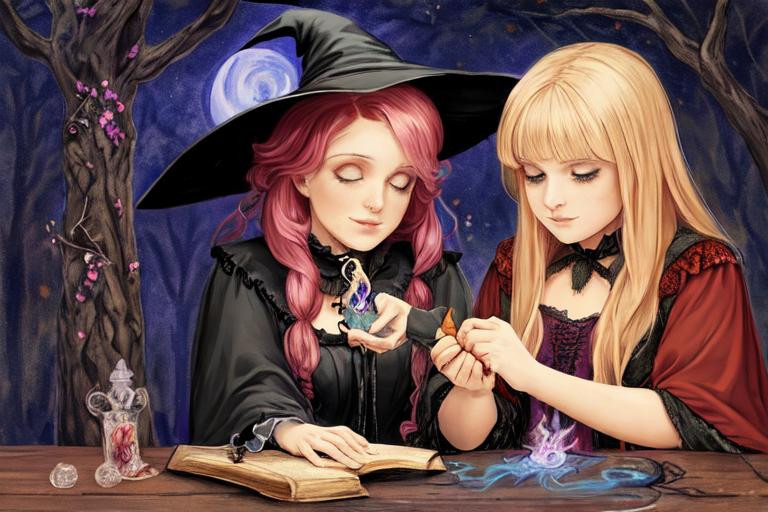
Cunning folk played an important role in many traditional folktales and legends. These stories often portrayed cunning folk as wise and powerful figures who were able to use their magical abilities to help people in need.
In many tales, cunning folk were depicted as being able to communicate with the natural world and to harness the power of the elements. They were often called upon to help with problems such as crop failures, illness, and bad luck, and were able to use their magic to bring about positive change in the lives of those they helped.
One well-known example of a cunning folk figure in folklore is Baba Yaga, a witch from Slavic mythology who was said to live in a hut on chicken legs. Baba Yaga was known for her wisdom and her ability to use magic to help those who sought her out, although she could also be capricious and dangerous at times.
Another famous example is the wise woman or fairy godmother from fairy tales such as Cinderella and Sleeping Beauty. These figures were often depicted as powerful witches who were able to use their magic to aid the heroes and heroines of the story.
Cunning folk were also often featured in traditional ballads and songs. These songs celebrated the power and wisdom of the cunning folk, and often told stories of their exploits and adventures.
However, not all stories of cunning folk were positive. In some tales, cunning folk were depicted as being greedy or malevolent, and were seen as using their magic to harm others rather than to help them.
Despite the mixed portrayals of cunning folk in folklore, these figures have remained an important part of the cultural heritage of many communities. They continue to inspire and fascinate people today, and their stories and legends have been passed down through the generations as a testament to the power of magic and the enduring appeal of wise and powerful figures who are able to use their abilities to help others.
Cunning Folk Today
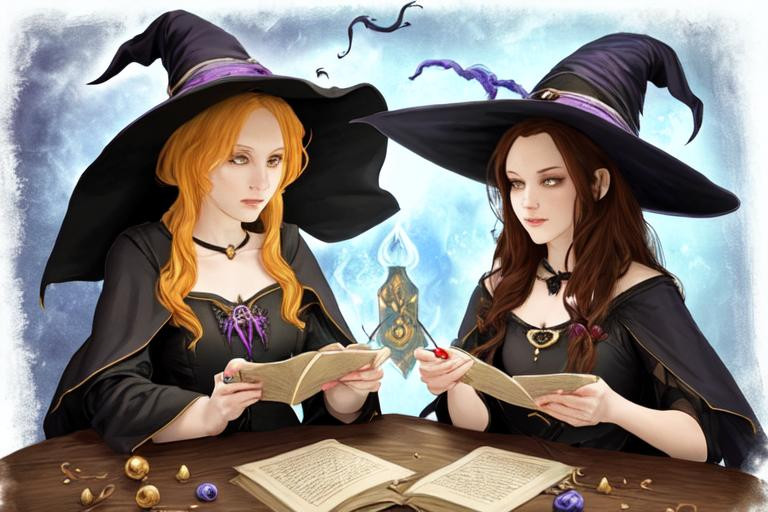
Cunning folk may have been more prominent in earlier times, but their legacy continues to inspire modern practitioners of witchcraft and magic. Today, many witches and magical practitioners draw on the techniques and practices of cunning folk to inform their own spiritual work.
One reason for the continued popularity of cunning folk practices is their emphasis on a deep connection to the natural world. Many modern practitioners see the wisdom of the cunning folk as an antidote to the disconnected, materialistic lifestyle of the modern world. Through their magical practices, they seek to reconnect with the natural world and to honor the wisdom of the earth.
Another reason for the continued influence of cunning folk practices is their emphasis on healing and helping others. Many modern practitioners of magic see themselves as healers and helpers, working to bring about positive change in the lives of those around them. They draw on the techniques of the cunning folk to create charms and talismans, to perform divination, and to create herbal remedies that can help to heal the body, mind, and spirit.
Modern cunning folk also often draw on the folk traditions of their own cultural heritage. They may incorporate elements of folklore and traditional wisdom from their own ancestry into their magical practices, in order to honor their cultural heritage and to deepen their connection to their own roots.
Despite the continued popularity of cunning folk practices, it is important to note that modern practitioners are often mindful of the cultural appropriation of these traditions. Many witches and magical practitioners work to respectfully honor and learn from the wisdom of the cunning folk, while also being mindful of the cultural context in which these practices developed.
The legacy of the cunning folk continues to inspire and influence modern practitioners of witchcraft and magic. Their emphasis on the natural world, healing, and helping others remains as relevant today as it was centuries ago, and their stories and traditions continue to captivate and inspire people around the world.


